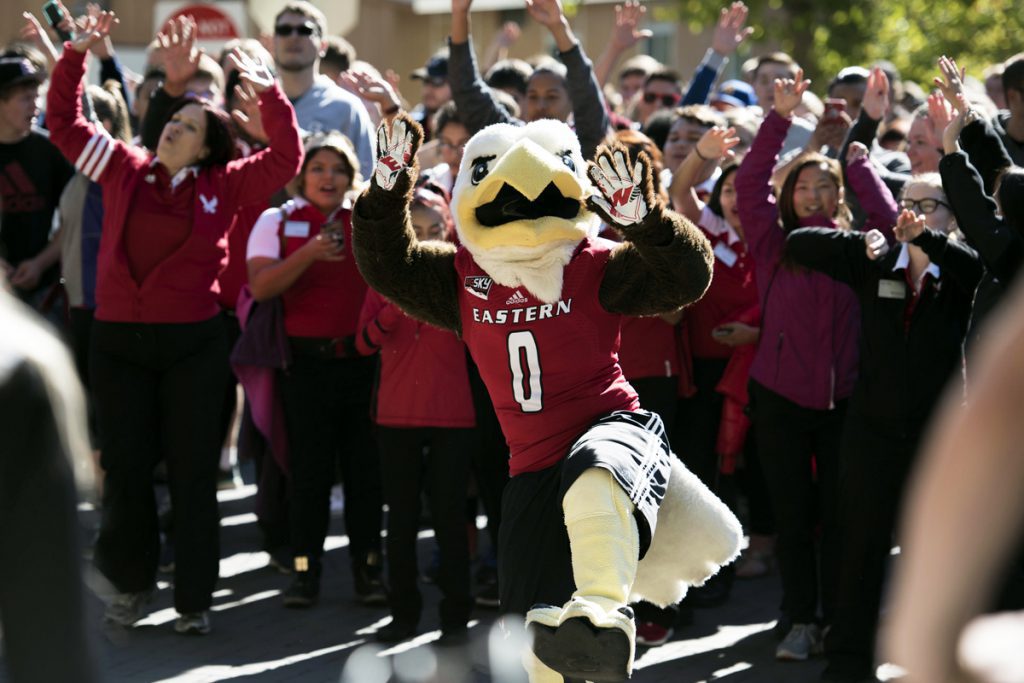Become Successful with Social Media
Social media is about creating dialogue and engaging your audience to help them feel closer to you and your department or organization. It can help improve brand recognition, repeat exposure, website traffic and public influence.
We have compiled some social media basics, based on our experience and insights from running an online network with tens of thousands of followers. Not all social media platforms will be reviewed. Instead, we focus on the most used platforms of EWU’s target audience and those that are most essential for departments and organizations across campus who seek:
- Effective content creation
- Audience engagement
- Best practices
- University standards
If you’re already engaged in social media and want to take your participation to the next level, you’ll also find tips and tricks to help increase the success of your account(s).

